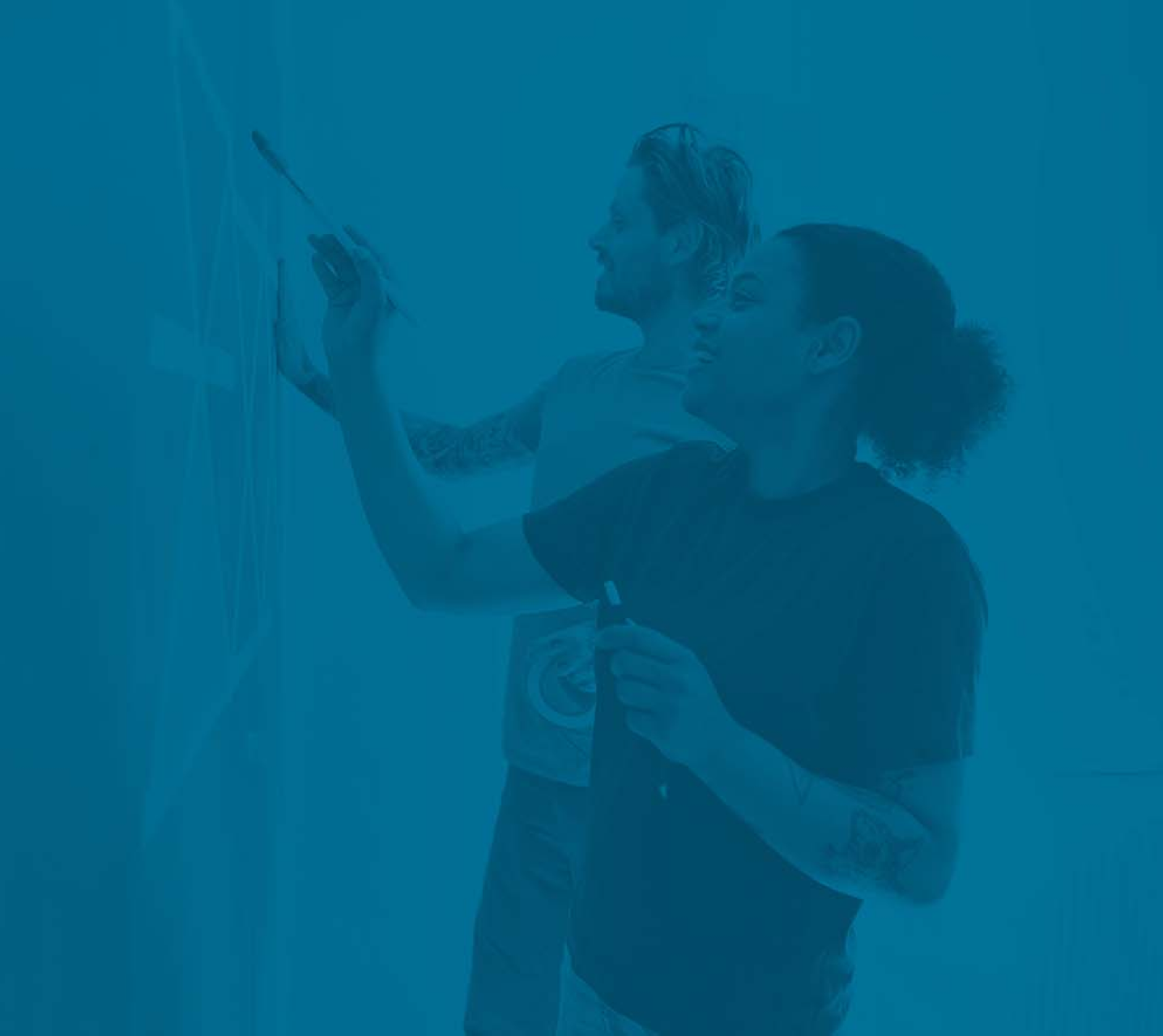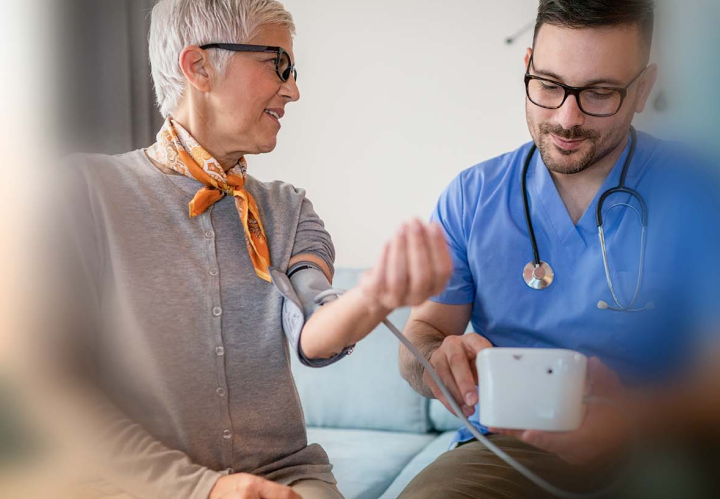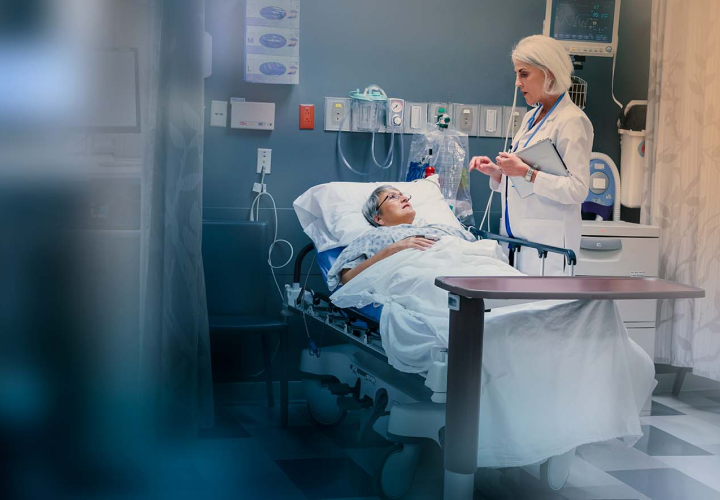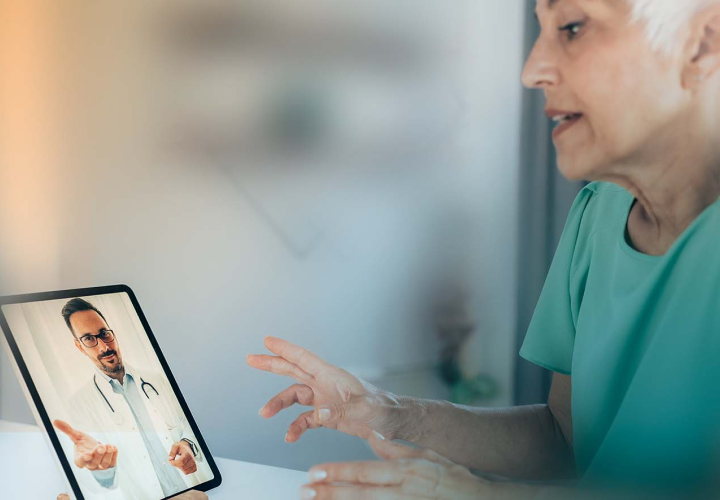

In the U.S. today, an aging population1 and increasing rates of chronic conditions2 all but guarantee a continued rise in healthcare costs—and of course, saving can't mean sacrificing patient experience. Instead, healthcare organizations of every kind must manage care to reduce per capita costs while improving the health of the populations they serve.
That means communication across healthcare is more crucial than ever. When patient data is siloed out of reach or out of sight, the everyday work of care management becomes slow and costly.
But when healthcare professionals and organizations can seamlessly exchange actionable intelligence on at-risk individuals and populations, the potential of care management flourishes. And we're starting to see it happen.
Read on to see how the Surescripts Network Alliance® is harnessing better clinical and medication data for more effective care management across the nation.


Getting more from care management across the Surescripts Network Alliance
With more insights in focus at every step, everyone involved in care management benefits. Here's what happens when they participate in the Surescripts Network Alliance.


Together, we're delivering a clearer picture of patients and populations nationwide.
Thanks to the collaboration and innovation of organizations throughout the Surescripts Network Alliance, the full power of care management is coming into view.
Care management teams within health plans and health systems are getting more timely insights to coordinate care and reduce avoidable costs.
Clinicians are getting a clearer picture of their patients, so they spend less time tracking down information and stay focused on delivering appropriate, timely and cost-effective treatment.
Most important, patients are getting better-informed care that keeps them healthier—wherever their journey may take them.
Want to connect with Surescripts about your organization's care management needs?
Contact UsReferences
- Surescripts, "2018 Impact Report: Clinical Interoperability," 2019, p. 6.
- Kin Wah Fun et al., "Comparison of Electronic Pharmacy Prescription Records with Manually Collected Medication Histories in an Emergency Department," Annals of Emergency Medicine 62, no. 3 (May 20, 2013): 205—211."
- Surescripts, "Case Study: How Medication History Helps Parkland Health & Hospital System Avoid Readmissions and Pinpoint Nonadherence," January 2021, p. 1.
- Surescripts, "2020 National Progress Report," April 2021.
- Surescripts, internal network data, August 2021.
- Surescripts, "Case Study: How Medication History Helps Parkland Health & Hospital System Avoid Readmissions and Pinpoint Nonadherence," p. 1.
- Surescripts, "Case Study: How Aledade Improved Quality Scores and Star Ratings With Medication History," May 2020, p. 1.
- Unpublished communication from a Surescripts customer, September 2021.






